Welcome to a post that discusses bone rig animation and traditional techniques. I wanted to share my perspective on the different animation methods out there. In the world of animation, there’s more than one way to animate characters and scenes. Two of the most prominent styles are: cut-out animation using bones (bone rig animation) and the traditional method known as frame by frame animation.
Each technique has its pros and cons, and the best choice depends on your project, timeline, and team’s skill level. In this article, I’ll explain the differences between the two and highlight which works best for artists in terms of quality, speed, and performance.

The Difference Between Bone Rig Animation and Frame by Frame Animation
Check Out My Online Store for All Your Art Needs
Cut-out animation relies on bone rig animation, which involves breaking a character into parts or layers (like the head, hand, foot…) and connecting them using an internal skeleton (Rig) that can be animated. The idea is similar to puppetry.
Advantages:
- Faster to execute compared to manual animation, especially after setting up the rig.
- Ideal for projects requiring repeated character usage or movements.
- Easier to edit movements after they’re complete.
Disadvantages:
- Limited in physical expressiveness; achieving highly fluid, natural motion is challenging.
- Quality heavily depends on the accuracy of rig design and joint placement.
- Some movements (like full body rotations or complex expressions) are hard to achieve smoothly.
- Not suitable for action scenes such as battles or duels.
If you’re working on an anime that doesn’t require combat scenes, bone rig animation is a great fit.
Examples:
- South Park is a clear example of simple cut-out animation method.
- Pocoyo uses rigging in a 3D environment.
- Many advertisements and educational programs use this style to save time and cost.

Frame by Frame Animation (Traditional Style)
This is the classic method used in most anime studios, where each frame is drawn separately. Motion is created by drawing each change in a new frame by hand.
Advantages:
- Offers total freedom of movement and expression for artists.
- Produces smooth, natural motion rich with detail.
- Ideal for fight scenes that require complex, precise motion.
Disadvantages:
- Takes a long time to complete and requires patience and accuracy.
- Any edits may require redrawing many frames.
- Requires strong skills in understanding motion, timing, and anatomy.
- If too few frames are drawn, the animation may appear choppy.
Examples:
- Most Studio Ghibli works like Spirited Away and Princess Mononoke use this method—hence their superior quality.
- Anime like Naruto and Attack on Titan rely on frame by frame animation, especially in battle scenes.
- Classic Disney films like The Lion King and Aladdin also use this manual method exclusively.

Which Style Is Best for Artists?
I’ve asked myself this many times. I started in animation using the traditional animation techniques of frame by frame animation, and after years of exploration, I found that bone rig animation suits me better. The choice depends on your project’s priorities:
- If speed and reusability are key, the cut-out animation method is best.
- If artistic quality and expressive movement are the goal, go with frame by frame animation.
- Artists who love detail and have a strong background in traditional drawing tend to prefer frame by frame animation.
- But those who work solo and need to complete many scenes quickly will find bone rig animation more practical.
There’s no “one size fits all.” Everyone needs to find what fits their lifestyle, project type, and available resources. Many professionals today use a hybrid approach: they animate main movements with bone rig animation, and enhance motion details with hand-drawn frames—achieving a balance between efficiency and quality.
My Personal Preference
If you’re wondering what I prefer—it’s bone rig animation, or what’s known as cut-out animation method. It matches my busy lifestyle and allows me to finish multiple episodes in a short time, which was never possible with frame by frame animation.
In the end, the best tool is the one that serves your idea and delivers the message most effectively—whether you use bones or traditional animation. So, tell me—which do you prefer?
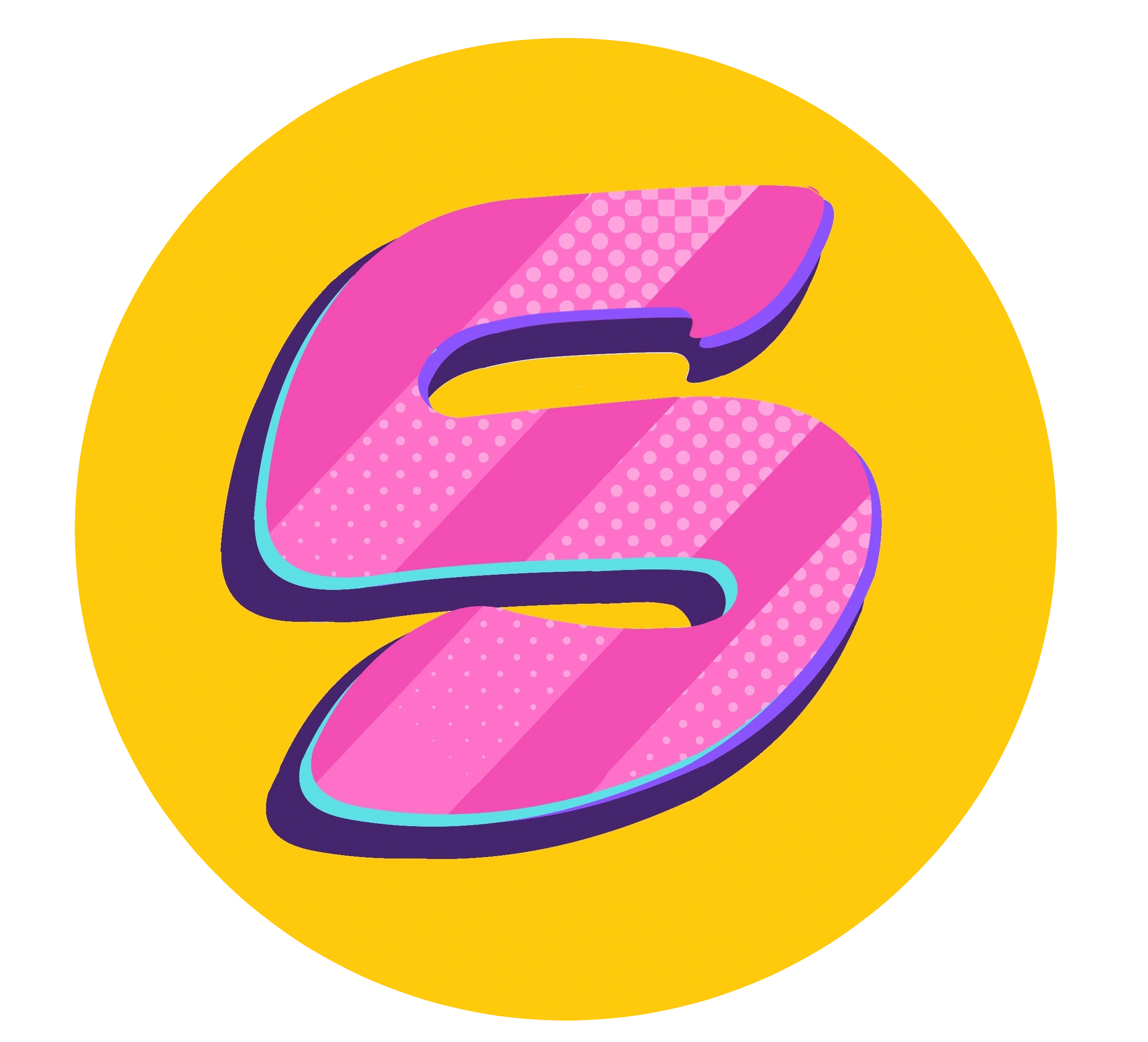
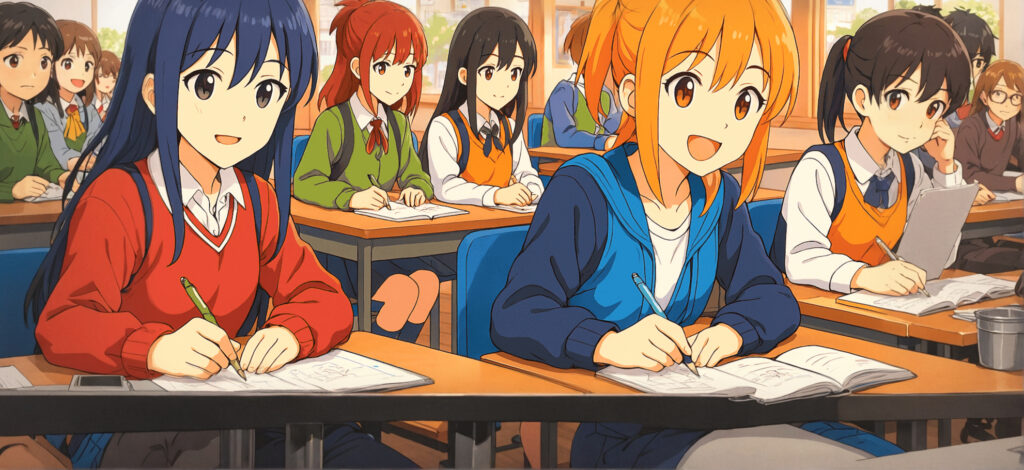
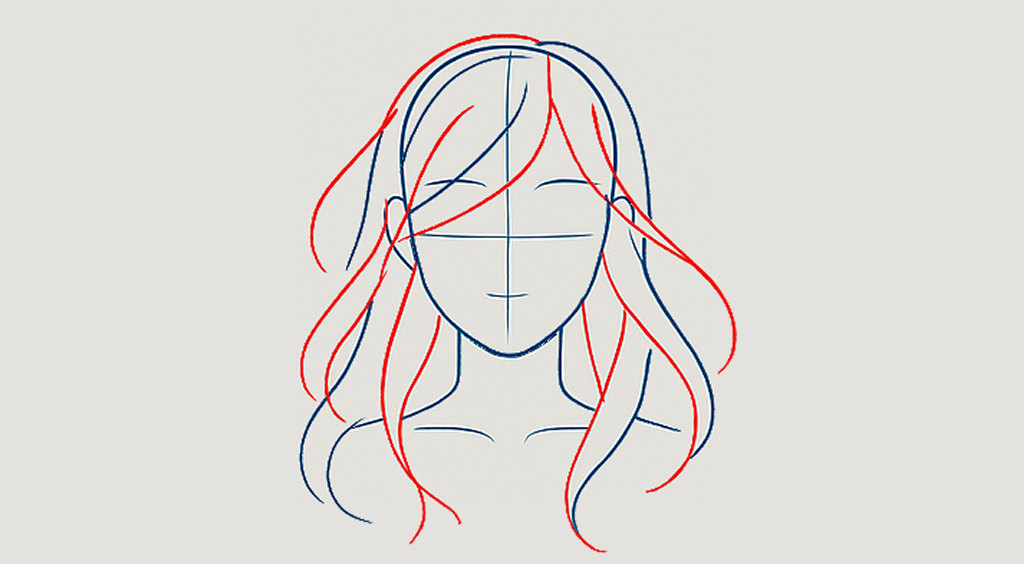
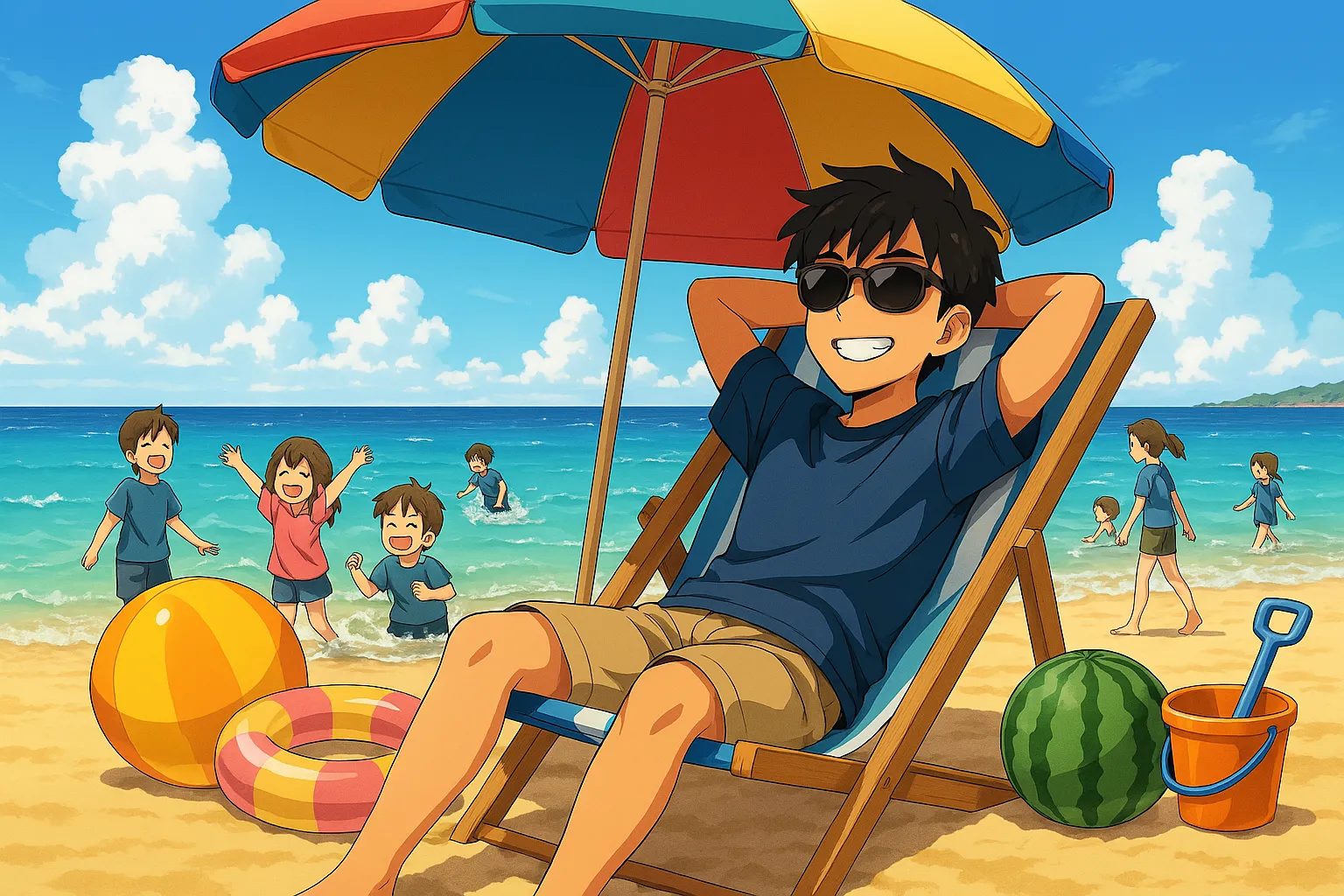
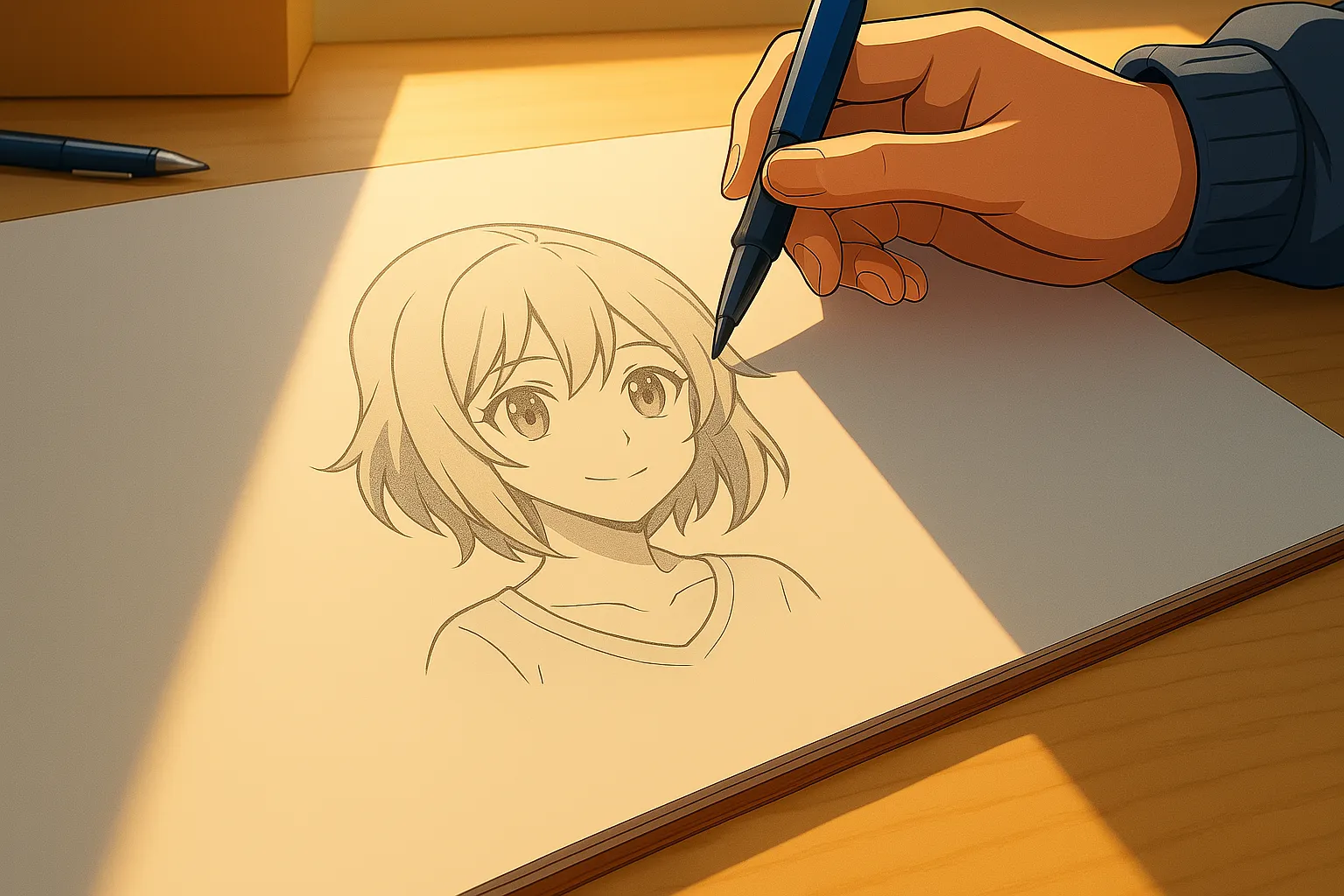



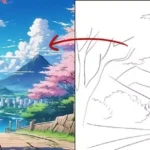
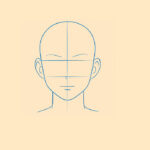
Leave a Reply